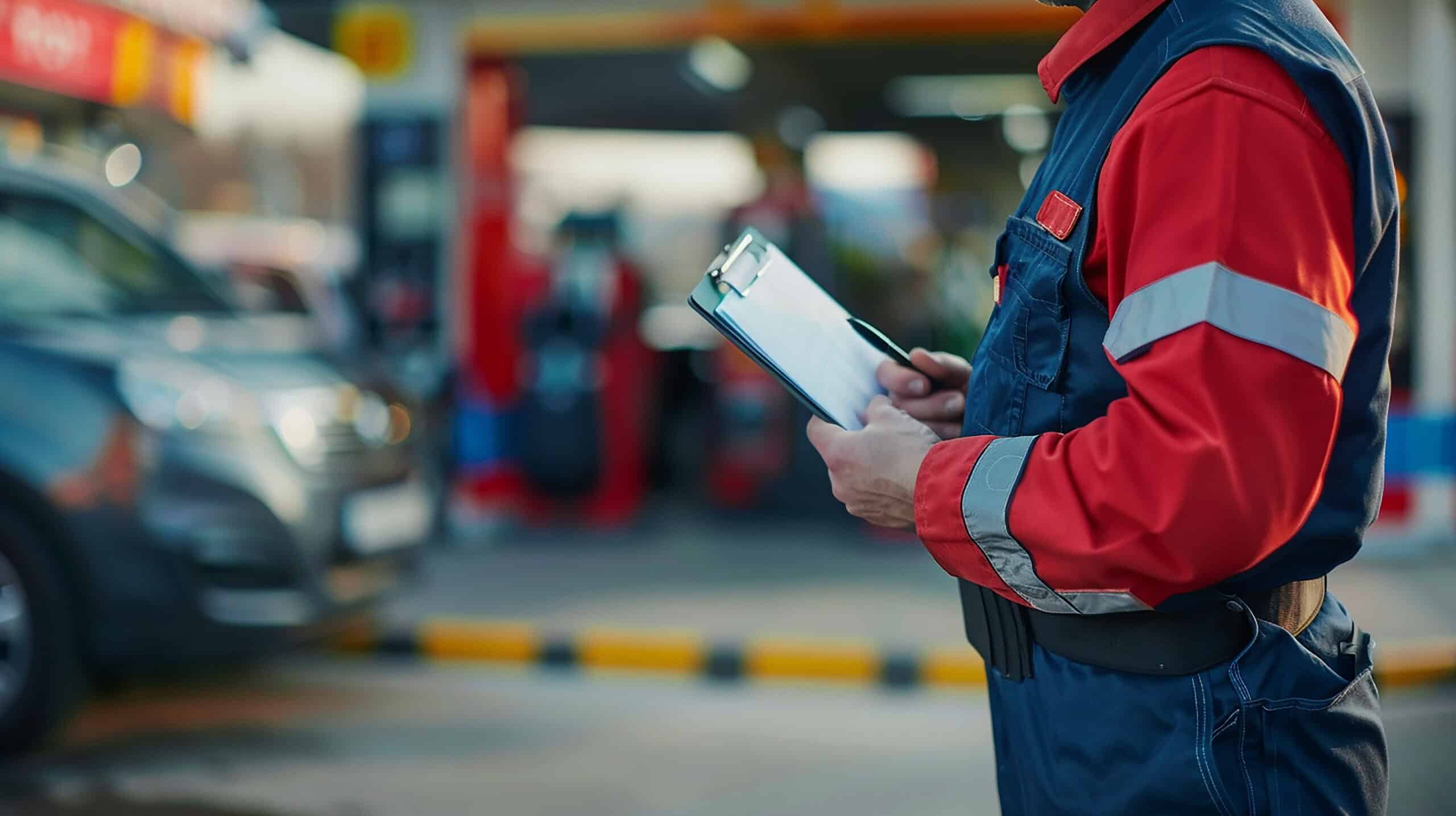Credit card theft has become a widespread problem that affects victims in the most unexpected places. This includes your gas station. As technology advances, the tactics criminals use to commit cybercrime are becoming more sophisticated. Shielding your customers and safeguarding your business against the threat of credit card fraud requires a combination of practices to thwart fraudulent activity and cultivate an environment of trust.
How Fraudsters Commit Gas Station Cybercrime
Criminals use two types of skimming devices to steal customer information at your pumps. Overlay devices are installed over the legitimate card reader on gas pump card readers and capture the magnetic strip information from credit cards and debit cards as they are swiped. Internal skimming devices are concealed inside the pump, which makes them difficult to detect. Once a skimming device is installed, it transmits the data to the criminal’s devices, enabling them to collect stolen information from multiple victims.
Here are 10 actions you can take to safeguard your customers’ sensitive information and your station’s reputation:
- Install the Latest Smart Payment Technology
Implement the latest Europay, Mastercard, and Visa (EMV) chip-enabled payment terminals to enhance security. These terminals generate unique transaction codes, making it nearly impossible for fraudsters to replicate or exploit card information. - Deploy Tamper-Proof Card Readers
Install tamper-proof card readers that resist skimming devices. These advanced readers incorporate additional security features that deter tampering and safeguard customer data. - Conduct Regular Pump Inspections
Routinely inspect pumps for signs of tampering or skimming devices. Look for loose panels, suspicious wires, or any alterations that could indicate the presence of a skimming device. It’s also important to check for devices concealed inside your pumps. - Strengthen Your Network’s Security
Implement robust firewalls, encryption protocols, and other cutting-edge cybersecurity measures to fortify your gas station’s network. Regularly update software and firmware to ward off known vulnerabilities, and stay ahead of potential threats. - Employ Advanced Surveillance Systems
Install high-resolution surveillance cameras in strategic locations to deter criminals and capture any fraudulent activities. Optimize camera angles to view pump and payment areas comprehensively, ensuring clear footage for investigations. - Install Point-to-Point Encryption (P2PE)
Integrate robust point-to-point encryption technology to safeguard sensitive cardholder data during transmission. P2PE ensures end-to-end encryption from the point of interaction to the payment processor, shielding data from unauthorized access. - Train Employees to Watch Out for Security Threats
Provide comprehensive training to employees on fraud prevention techniques. Enable them to identify suspicious behavior, recognize potential threats, and follow proper card-handling protocols, emphasizing the significance of vigilance and exceptional customer service. - Promote Customer Awareness of Security Threats
Display prominent signage at pumps, educating customers about credit card safety practices. Encourage them to report any unusual activities or unauthorized charges promptly. Empower customers to review their credit card and bank statements for potential fraudulent transactions regularly. - Collaborate with Trusted Payment Processors
Use reputable payment processors equipped with advanced fraud detection and prevention systems. These processors offer additional layers of security, effectively minimizing the risk of credit card fraud. - Partner with a Qualified Maintenance Provider
By partnering with a qualified maintenance provider, you can ensure your pumps undergo regular inspections, maintenance, and upgrades to stay ahead of evolving security threats.
Credit card skimming poses a significant threat to your customers, but with the right preventative measures in place, you can create a secure environment that fosters trust and preserves your prosperity.





